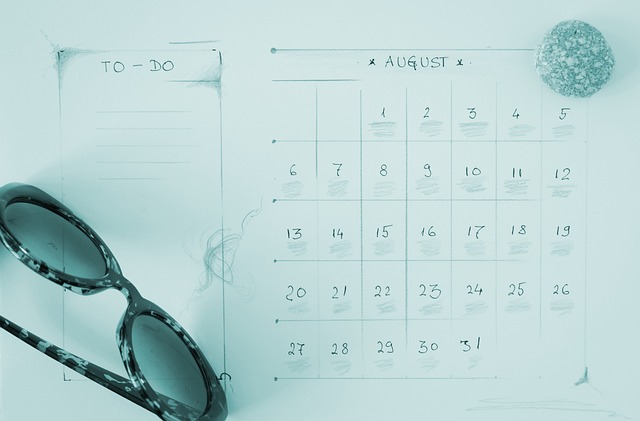
How to Avoid Jet Lag and Adjust Quickly to New Time Zones
If you’ve ever found yourself wide awake at 3 AM in Paris or half-asleep during a morning safari in South Africa, you’ve felt the sting of jet lag. It’s that foggy, disoriented feeling that can turn the first few days of a trip into a struggle. But here’s the good news — jet lag is preventable, or at least manageable.
As a travel advisor at AliciaJets.com, I’ve helped clients travel smarter for years. I’ve also flown through more time zones than I can count. Over time, I’ve learned how to help my body adjust quickly to new time zones, and I’m excited to share the best real-world tips that actually work.
What Causes Jet Lag?
Jet lag is your body’s internal clock (circadian rhythm) struggling to sync up with a new local time. It happens when you cross two or more time zones and your body still thinks it’s back home, wanting dinner at 2 AM or falling asleep during your guided city tour. The more time zones you cross, the harder the adjustment.
1. Plan Your Flight Schedule Strategically
If your schedule allows, book flights arriving late afternoon or evening. That way, you can aim to stay awake until a normal bedtime and start syncing with local time right away.
Real-world example: I once had a client flying from New York to Tokyo. Instead of landing in the morning (which would’ve meant staying awake for 20+ hours), we booked an afternoon arrival. She powered through dinner and hit the pillow at 9 PM Tokyo time. She woke up almost fully adjusted the next day.
2. Start Adjusting Before You Fly
Begin shifting your sleep schedule by 30–60 minutes a day leading up to your trip. If you’re flying east (like from Los Angeles to London), try going to bed and waking up earlier. If you’re flying west, do the opposite.
Tip: Use the Time Shifter app or your phone’s World Clock to start mentally prepping for the switch. Your body will thank you.
3. Hydration Is Everything
Drink more water than you think you need before, during, and after your flight. Cabin air is dry, and dehydration worsens jet lag symptoms.
What I do: I bring an empty refillable water bottle through security and fill it up before boarding. On long-haul flights, I also set a reminder to drink at least once every hour. And yes, that means a few more bathroom trips, totally worth it.
4. Skip the In-Flight Alcohol (Sorry!)
As tempting as that glass of wine or celebratory cocktail may be, alcohol is dehydrating and messes with your sleep cycle. It might help you nod off faster on the plane, but your quality of sleep will suffer.
Instead, opt for herbal tea or plain water. If you absolutely must toast your travels, stick to just one and pair it with lots of water.
5. Use Light to Reset Your Clock
Light exposure is one of the strongest cues for resetting your circadian rhythm. Try to get outside in the sunlight during the local morning or early afternoon, especially if you’re flying east.
What works for me: When I arrive somewhere like Rome or Barcelona, I drop my bags, freshen up, and go for a walk. Natural daylight, even if it’s cloudy, helps my body get in sync. Bonus: It’s a great way to explore your new surroundings.
6. Nap Smart — or Not at All
If you must nap, limit it to 20–30 minutes and never after 3 PM local time. Sleeping too long or too late in the day makes it harder to fall asleep that night.
Pro traveler move: I usually avoid napping altogether on arrival day. I find it’s easier to power through with a light walk, a good dinner, and then head to bed early.
7. Melatonin Can Help — But Use It Wisely
Melatonin supplements can be helpful for resetting your body clock, especially when traveling across five or more time zones. Take 0.5–3mg about 30 minutes before local bedtime for the first few nights.
Important: Always check with your doctor first, especially if you take medications or have underlying health concerns.
8. Eat Meals on Local Time
Start eating according to your destination’s meal times as soon as you can. Food timing is another cue your body uses to adjust.
Client tip: I worked with a family heading from Chicago to Italy. They brought snacks to eat on the plane and skipped the airline’s odd meal schedule. When they landed, they had lunch in Florence at 1 PM local time, even though it felt like 6 AM. Their bodies adjusted faster, and they didn’t miss out on pasta.
9. Upgrade Your Sleep Game
Bring along the tools that help you sleep well anywhere. For me, that means a sleep mask, noise-canceling headphones, a neck pillow, and a scarf that doubles as a blanket.
Also, don’t underestimate the power of blackout curtains and white noise apps once you arrive at your hotel. Block out distractions and signal to your body that it’s time to rest.
10. Be Patient with Yourself
Even with the best preparation, your body might need a day or two to catch up — and that’s okay. Try to avoid overloading your itinerary on the arrival day. Plan something enjoyable but light: a scenic walk, a casual dinner, or a spa treatment.
Final Thoughts
Jet lag doesn’t have to steal the start of your vacation or business trip. With some strategic planning and a few simple habits, you can land feeling refreshed and ready to enjoy your destination.
If you’re planning an international trip, I’d love to help you build an itinerary that minimizes stress and maximizes joy. From choosing the right arrival time to recommending jet lag-friendly hotels and wellness amenities, I’ve got you covered.
Contact me at AliciaJets.com and let’s get your next adventure off to a smooth, well-rested start.



